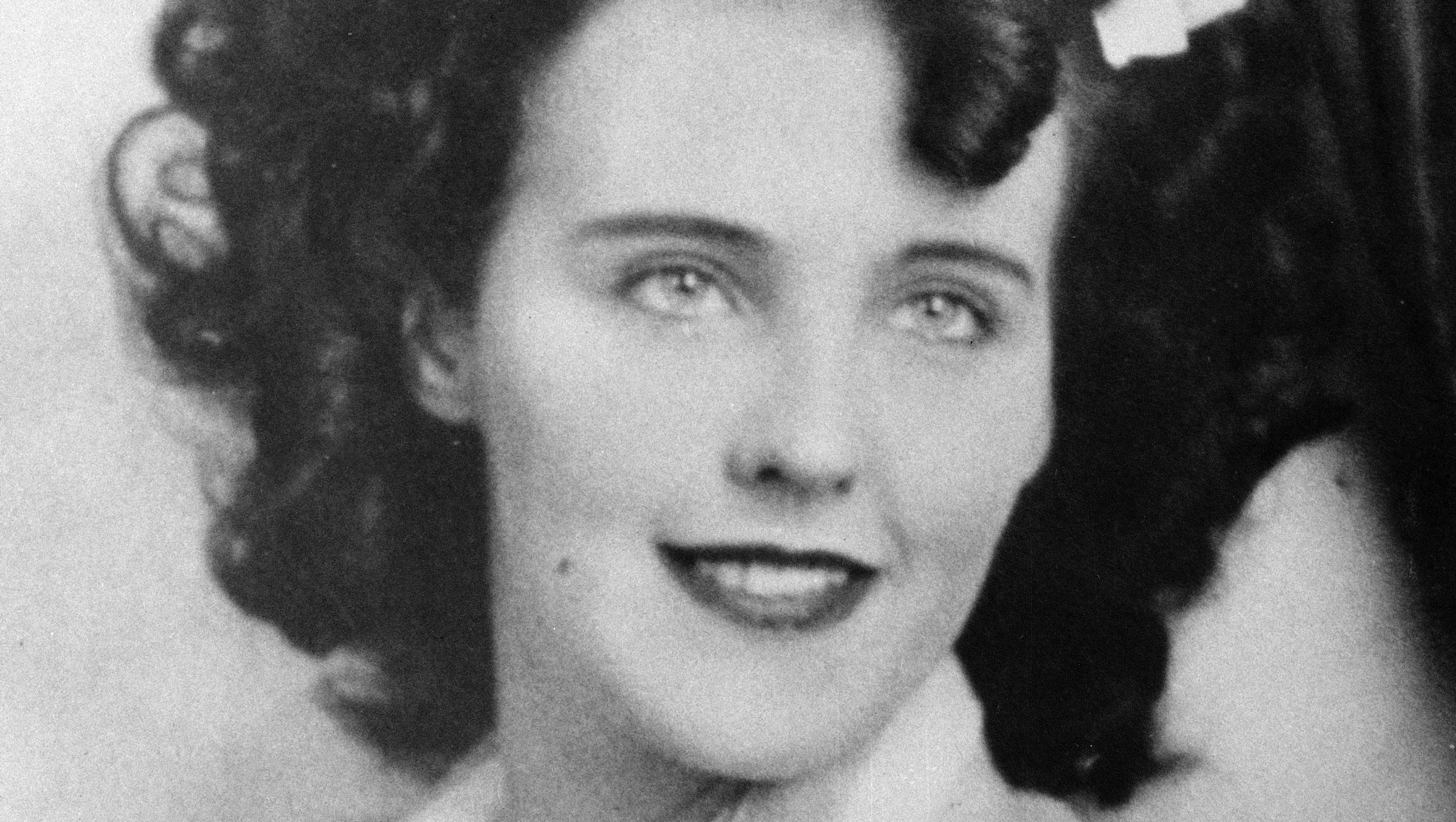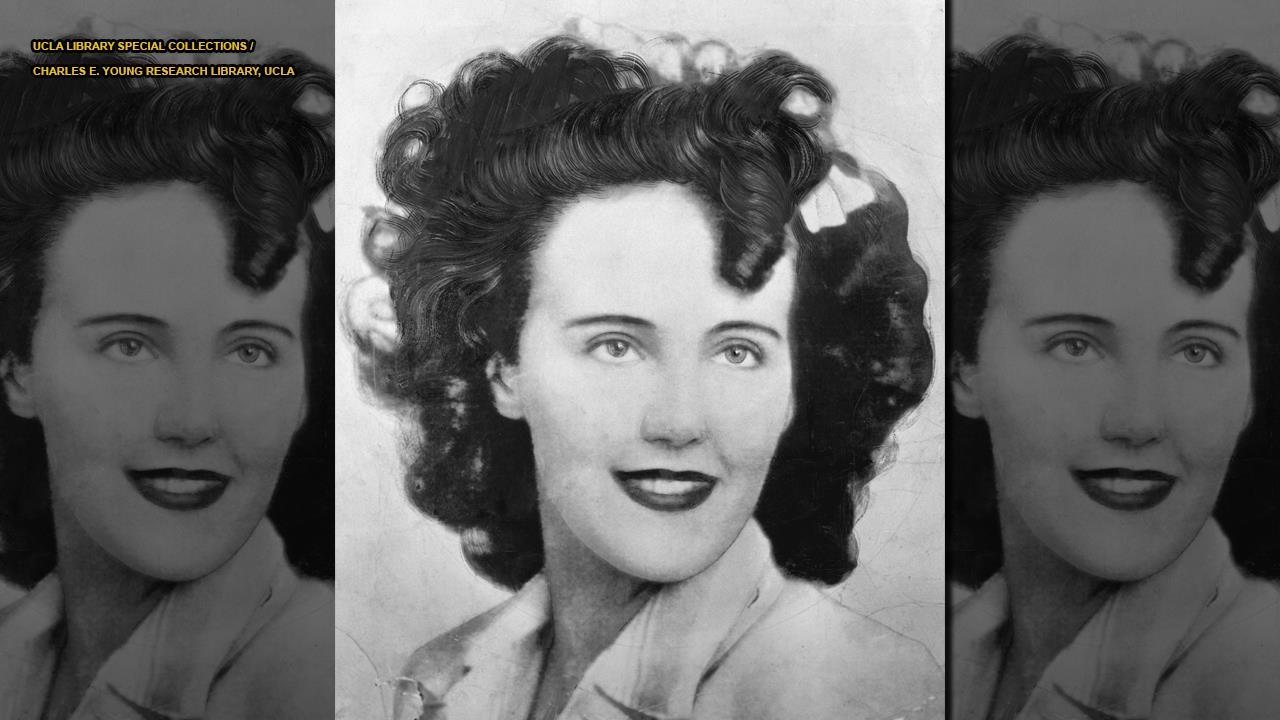The Black Dahlia death scene remains one of the most infamous and chilling cases in modern history. The brutal murder of Elizabeth Short, a 22-year-old aspiring actress, shocked Los Angeles in 1947 and has since become an enduring mystery. Despite numerous investigations and theories, the case remains unsolved, leaving the public fascinated and horrified in equal measure.
Elizabeth Short's murder, which came to be known as the Black Dahlia case, captured the nation's attention due to its gruesome nature and the media frenzy that followed. The nickname "Black Dahlia" was reportedly inspired by a popular film noir movie of the time, adding to the macabre allure of the case. This tragic event has since inspired countless books, films, and documentaries, each attempting to unravel the dark threads of this enigma.
Understanding the Black Dahlia death scene requires delving into the details of the investigation, the cultural context of post-war America, and the enduring fascination with unsolved mysteries. This article aims to provide a comprehensive exploration of the case, examining the facts, theories, and the lasting impact it has had on society. Let's embark on this journey to uncover the truth behind the Black Dahlia murder.
Read also:Who Plays Jessica Pearson A Comprehensive Look At Sarah Rafferty And Her Iconic Role
Contents:
- Biography of Elizabeth Short
- Crime Scene Details
- Investigation Process
- Theories Surrounding the Case
- Media Impact and Public Reaction
- Psychological Analysis of the Murderer
- Cultural Significance
- Forensic Advancements Since 1947
- Modern Perspective on the Case
- Conclusion
Biography of Elizabeth Short
Early Life and Aspirations
Elizabeth Short was born on July 29, 1924, in Boston, Massachusetts. Raised in a modest family, she spent much of her childhood moving around due to her father's business ventures. Her early life was marked by a series of challenges, including a period where her father abandoned the family, only to return years later. Despite these difficulties, Elizabeth harbored dreams of becoming a Hollywood starlet.
Table: Personal Data of Elizabeth Short
| Full Name | Elizabeth Short |
|---|---|
| Nickname | Black Dahlia |
| Date of Birth | July 29, 1924 |
| Date of Death | January 15, 1947 (approximate) |
| Place of Birth | Boston, Massachusetts |
Move to California
In pursuit of her dreams, Elizabeth moved to Los Angeles in the mid-1940s, hoping to break into the film industry. While she worked odd jobs to make ends meet, her primary focus remained on auditioning for roles. Unfortunately, her aspirations were cut short by the tragic events that unfolded in early 1947.
Crime Scene Details
The Black Dahlia death scene was discovered on January 15, 1947, in a vacant lot near Leimert Park, Los Angeles. The body of Elizabeth Short was found grotesquely mutilated, with her torso severed at the waist and her face grotesquely slashed. The crime scene details were gruesome, leaving investigators baffled and the public horrified.
Key Observations
- The body was posed in a bizarre manner, with the victim's hands positioned above her head.
- There were signs of severe torture, including ligature marks and defensive wounds.
- Oddly, the crime scene appeared to have been cleaned, with no bloodstains visible around the body.
Investigation Process
The investigation into the Black Dahlia death scene was extensive but ultimately inconclusive. Law enforcement faced numerous challenges, including a lack of forensic technology and the overwhelming number of false leads. Despite the efforts of detectives and the cooperation of the FBI, the case remains unsolved.
Read also:Spongebob And Squidwards Love For Krabby Patties The Ultimate Guide
Challenges Faced
- Media interference often hindered the investigation, as reporters leaked sensitive information.
- Public interest led to a flood of tips, many of which were unfounded or irrelevant.
- Technological limitations of the time prevented the use of modern DNA analysis and digital forensics.
Theories Surrounding the Case
Over the years, numerous theories have emerged regarding the Black Dahlia death scene. Some suggest the involvement of a serial killer, while others point to personal vendettas or even mob connections. Each theory adds another layer of intrigue to this unsolved mystery.
Popular Theories
- Serial Killer Hypothesis: Some investigators believe the murder was the work of a serial killer who targeted young women.
- Personal Vendetta: Another theory posits that the killer had a personal connection to Elizabeth, possibly stemming from a past relationship.
- Mob Involvement: A less common theory suggests organized crime may have been involved, possibly due to Elizabeth's connections to certain individuals.
Media Impact and Public Reaction
The Black Dahlia death scene captivated the media and the public alike, sparking widespread fascination and fear. The media coverage of the case was extensive, with newspapers and radio stations providing daily updates. This intense media focus contributed to the enduring legacy of the Black Dahlia murder.
Public Reaction
Public reaction to the Black Dahlia death scene was one of shock and disbelief. The gruesome nature of the crime and the lack of closure left many questioning the safety of their communities. This case highlighted the vulnerability of young women in urban areas and prompted discussions on crime prevention and victim support.
Psychological Analysis of the Murderer
Psychologists and criminologists have long speculated about the mindset of the Black Dahlia killer. While the true identity of the murderer remains unknown, certain behavioral patterns can be inferred from the crime scene details and the nature of the attack.
Possible Characteristics
- The killer likely exhibited signs of psychopathy, with a lack of empathy and remorse.
- There may have been obsessive tendencies, as evidenced by the posing of the body.
- Control and domination were likely key motivators for the perpetrator.
Cultural Significance
The Black Dahlia death scene has become a cultural touchstone, symbolizing the darker side of the American Dream. It serves as a reminder of the vulnerabilities faced by individuals seeking fame and fortune in a rapidly changing society. The case has inspired countless works of art, literature, and film, ensuring its place in popular culture.
Forensic Advancements Since 1947
Forensic science has advanced significantly since the time of the Black Dahlia death scene. Modern techniques, such as DNA analysis and digital forensics, would have greatly aided investigators in solving the case. These advancements highlight the importance of technology in modern crime-solving efforts.
Modern Perspective on the Case
From a modern perspective, the Black Dahlia death scene serves as a stark reminder of the challenges faced by law enforcement in solving complex crimes. While the case remains unsolved, the lessons learned from this tragedy continue to inform contemporary investigations and public safety initiatives.
Conclusion
The Black Dahlia death scene continues to captivate and haunt the public imagination, serving as a reminder of the unsolved mysteries that linger in our collective consciousness. This article has explored the details of the case, the investigation, and the cultural impact of the murder. While the true identity of the killer may never be known, the legacy of Elizabeth Short lives on through the countless stories inspired by her tragic fate.
We invite readers to share their thoughts and theories in the comments section below. Engaging with this topic not only honors the memory of Elizabeth Short but also contributes to the ongoing dialogue surrounding unsolved crimes. Additionally, we encourage you to explore other articles on our site that delve into similar topics, expanding your understanding of the complexities of criminal investigations and their societal implications.


